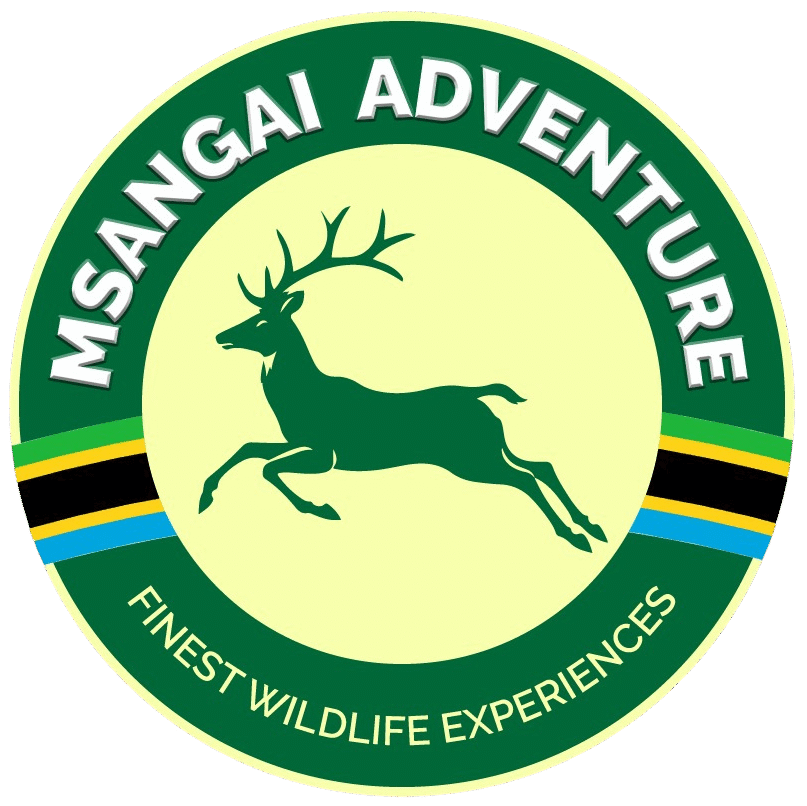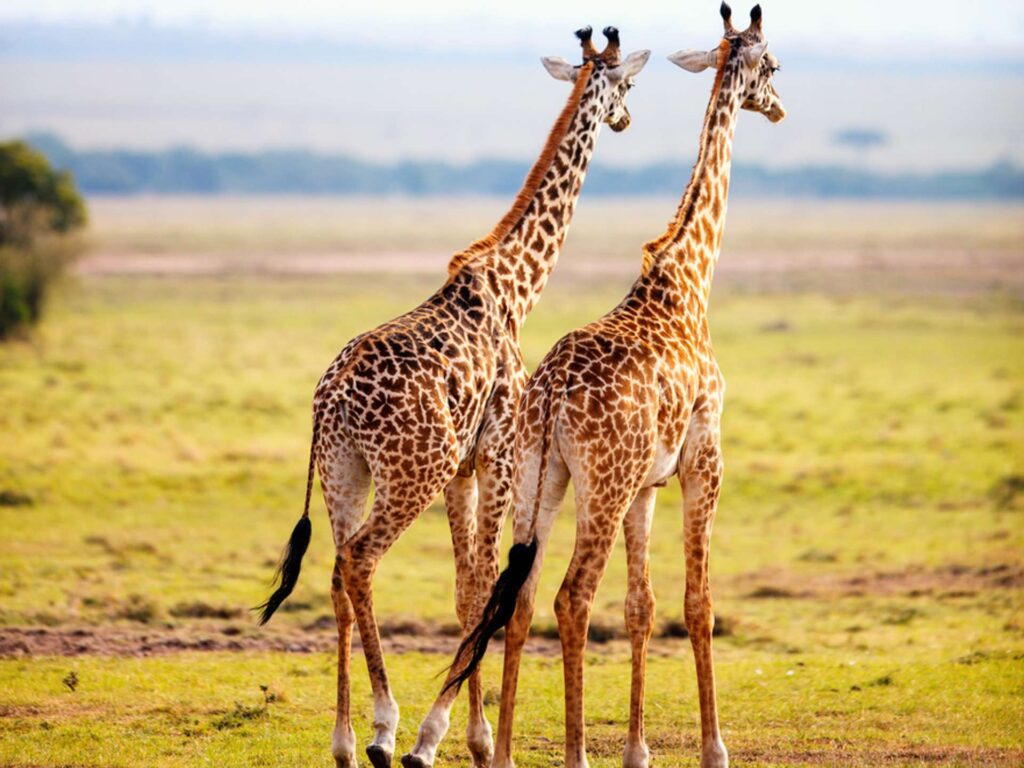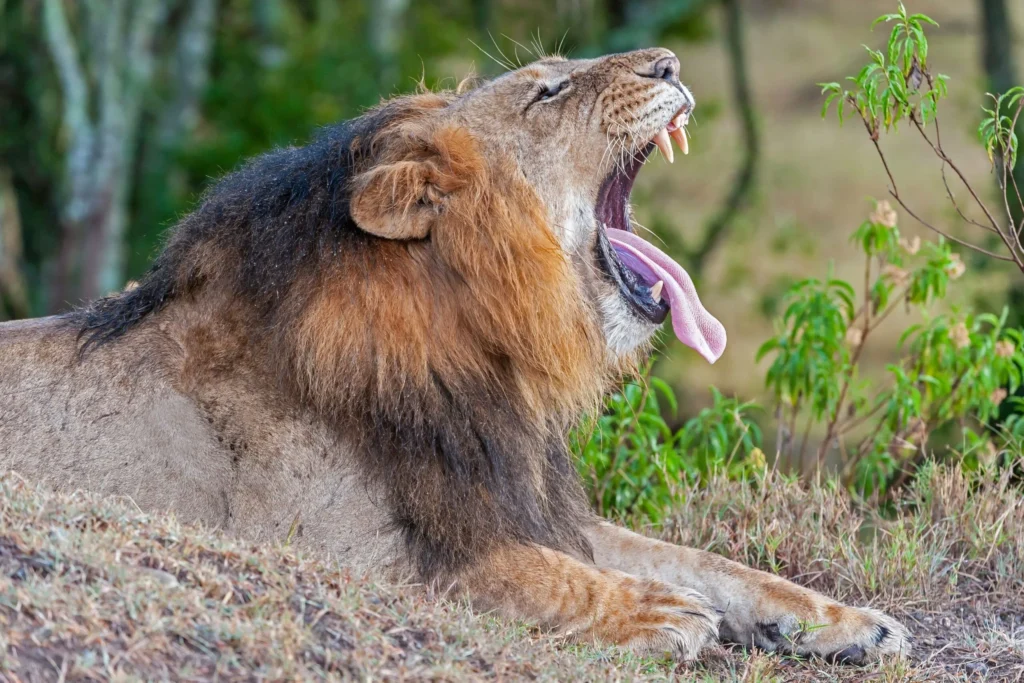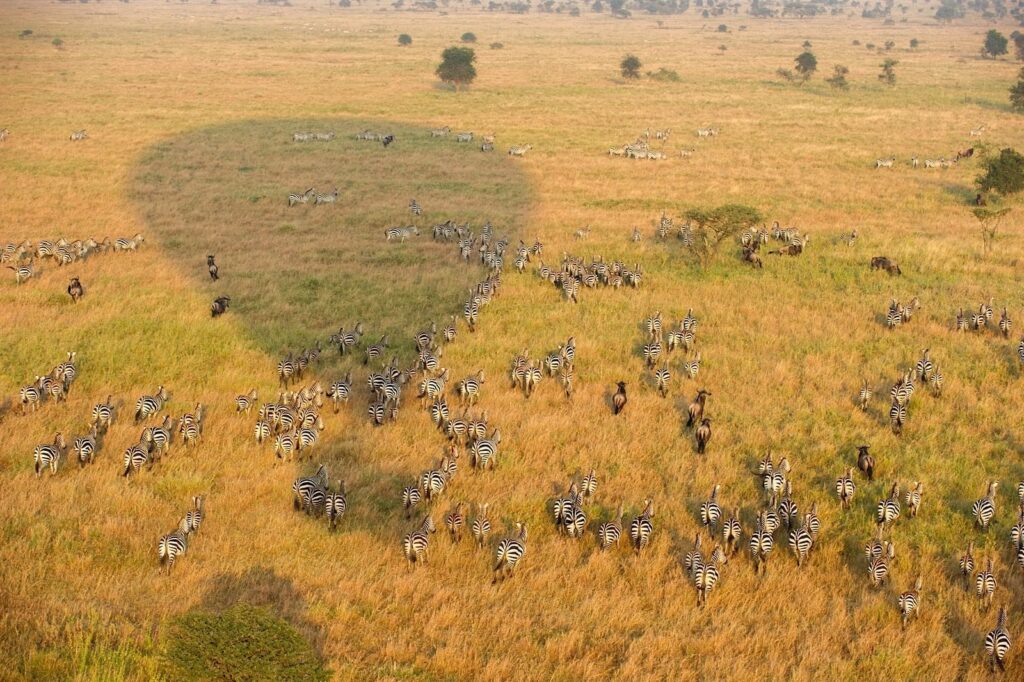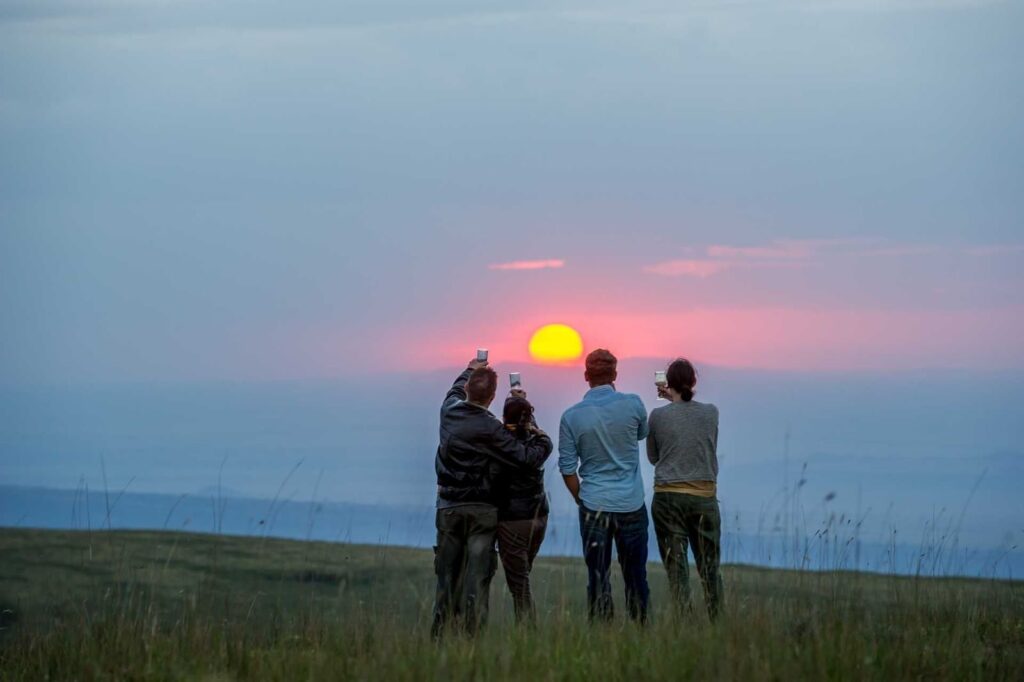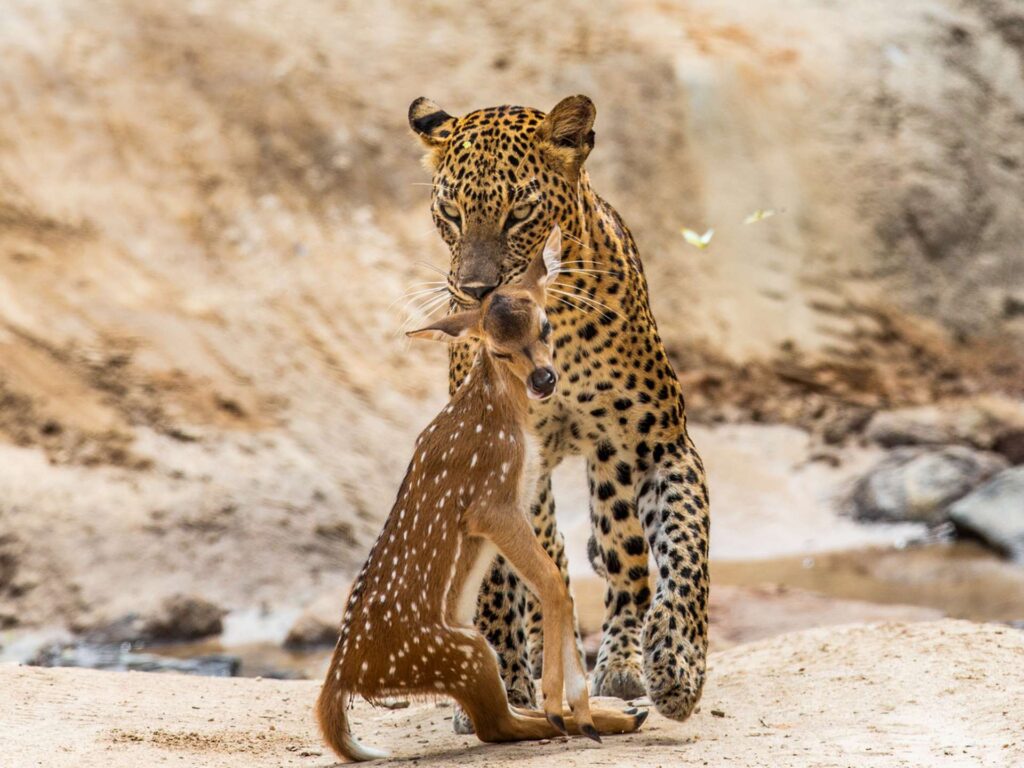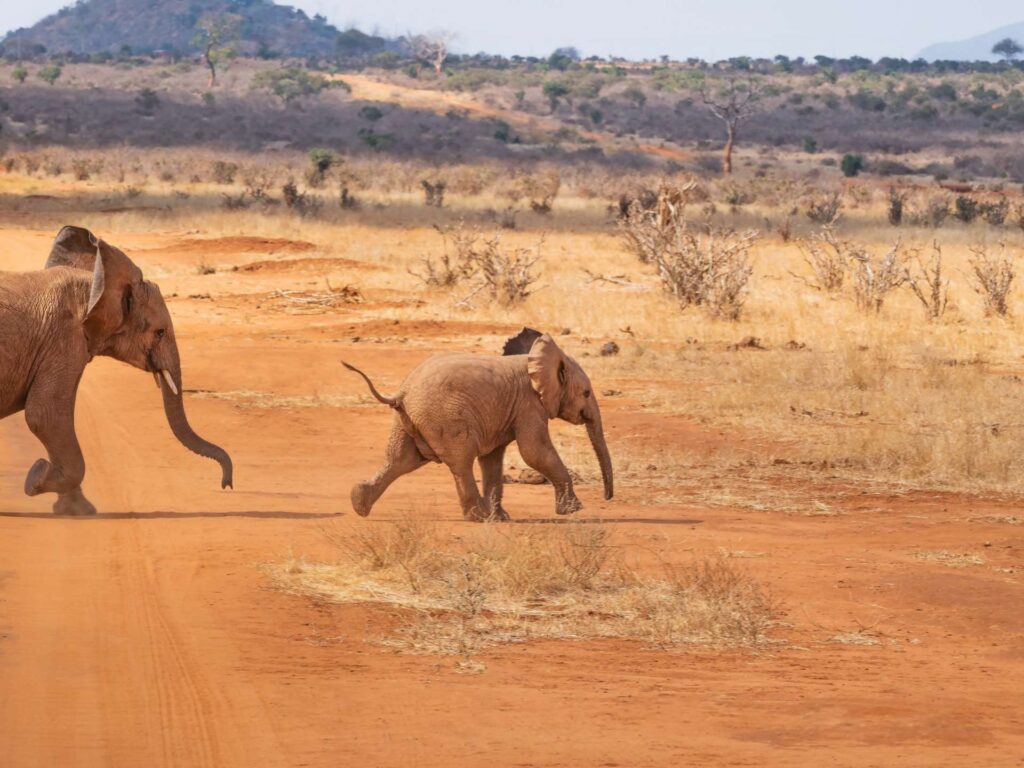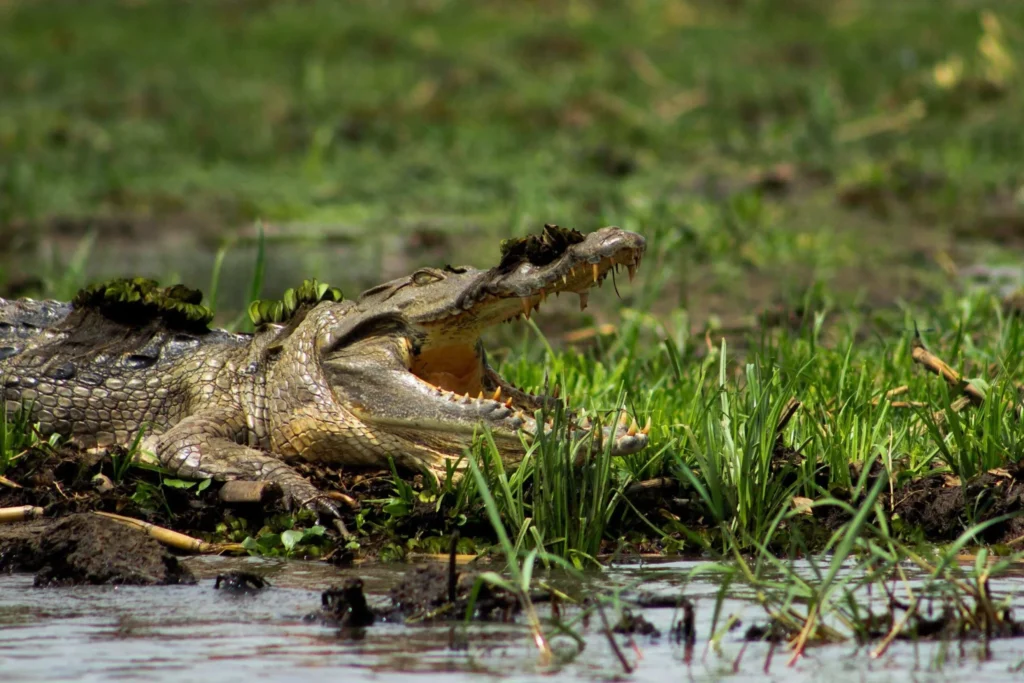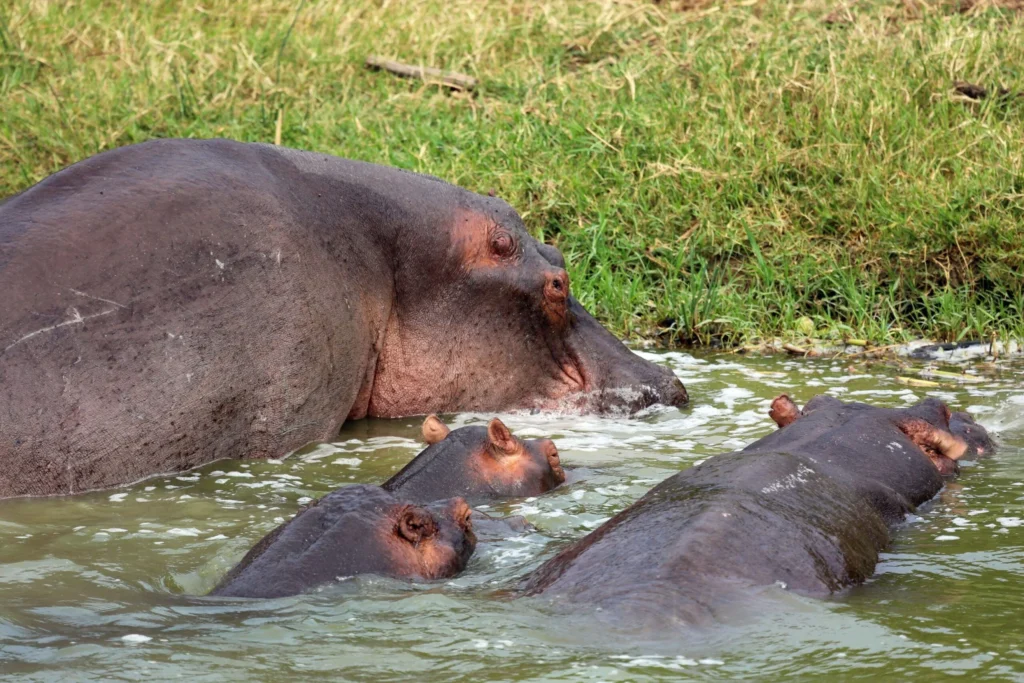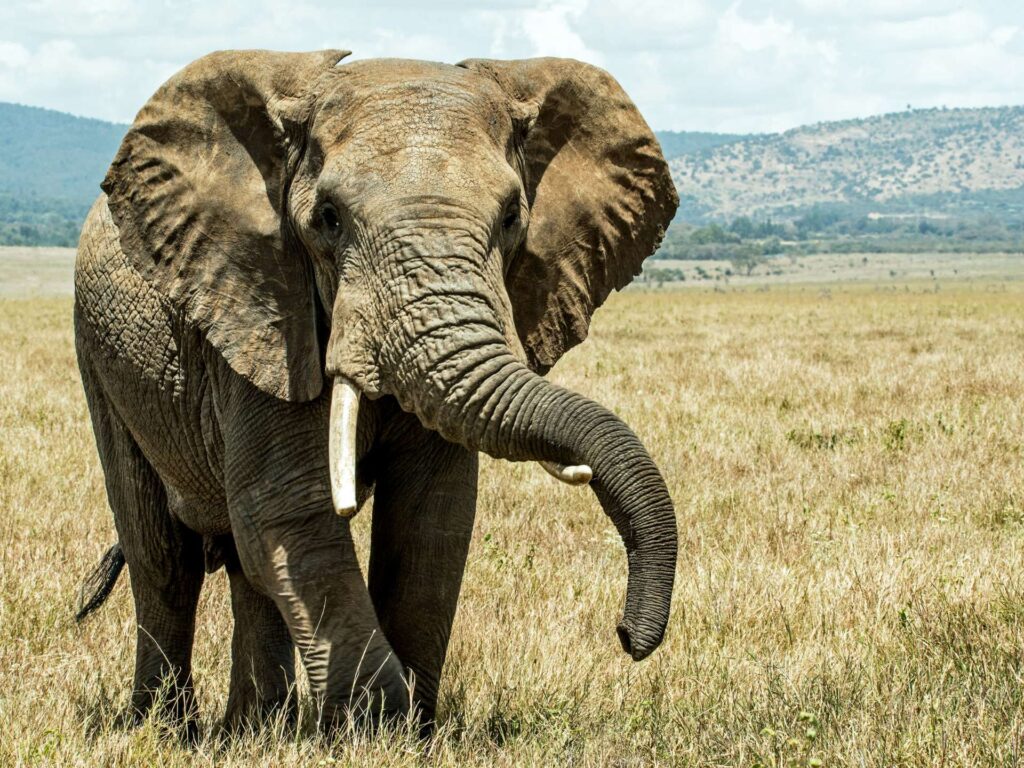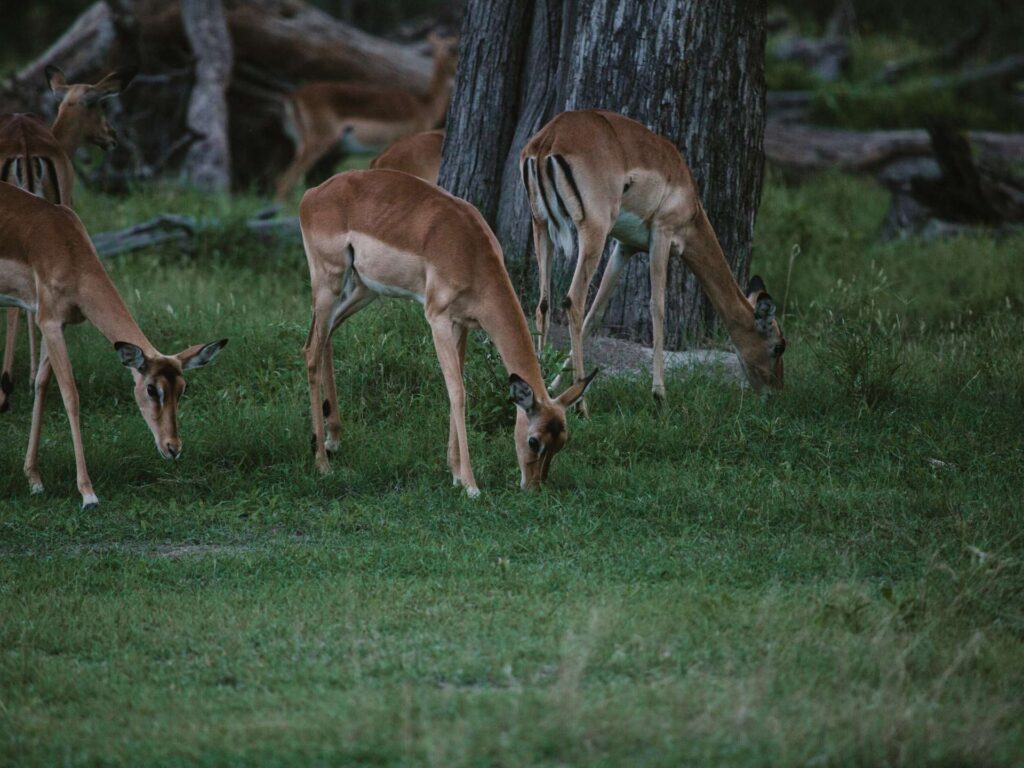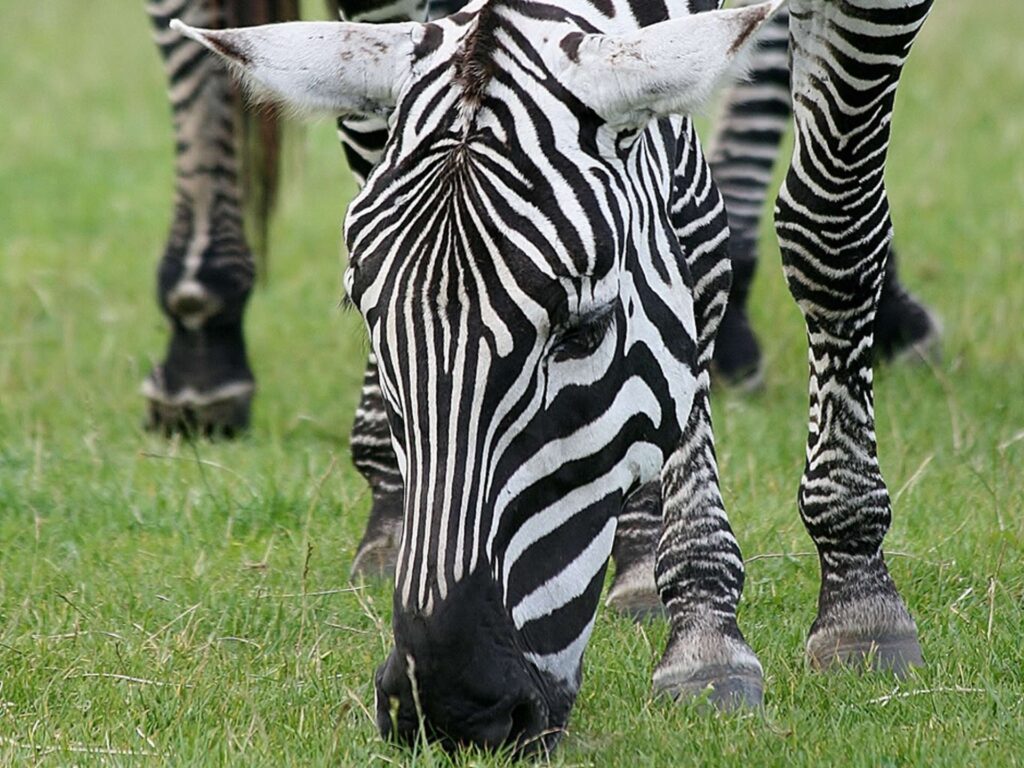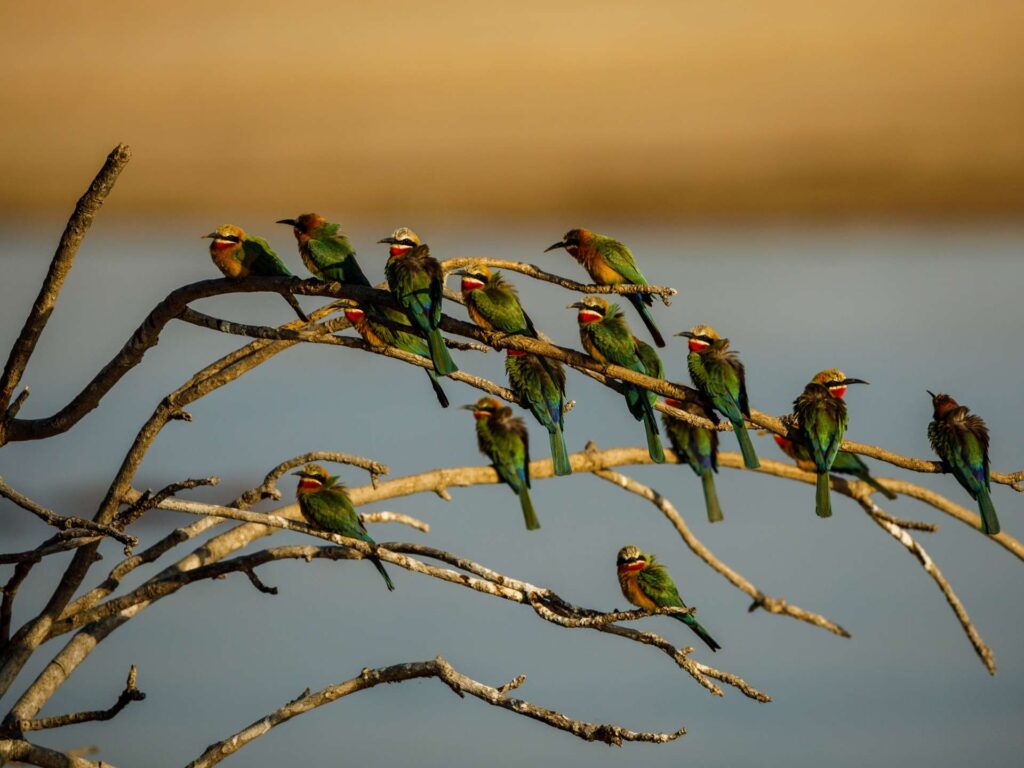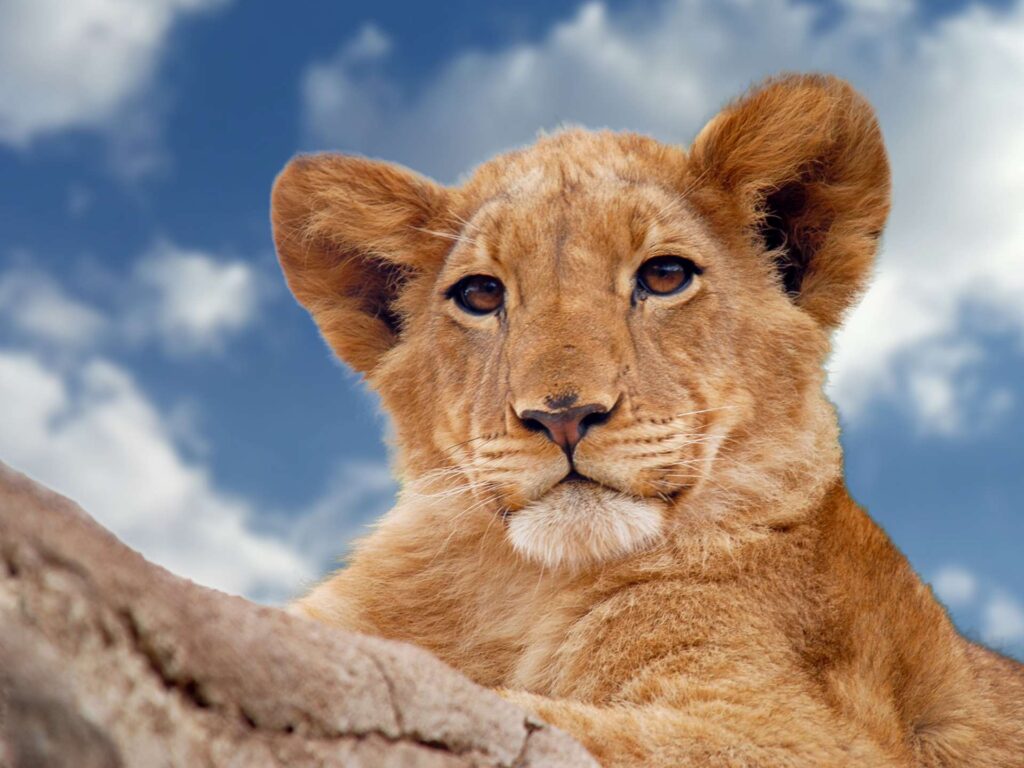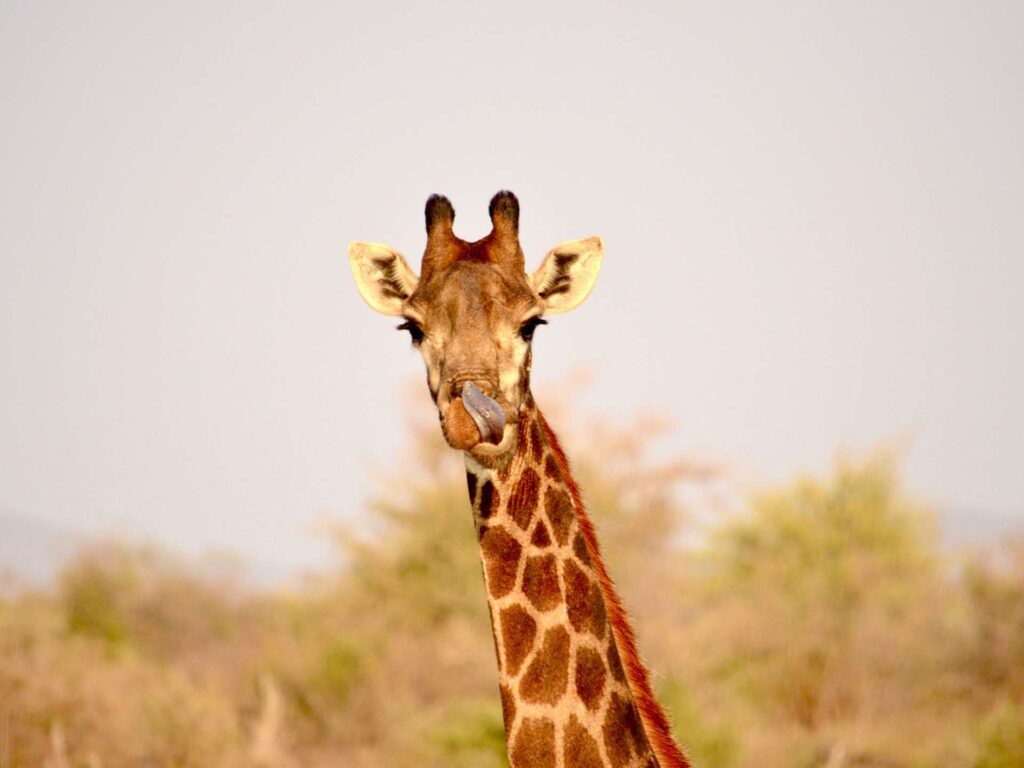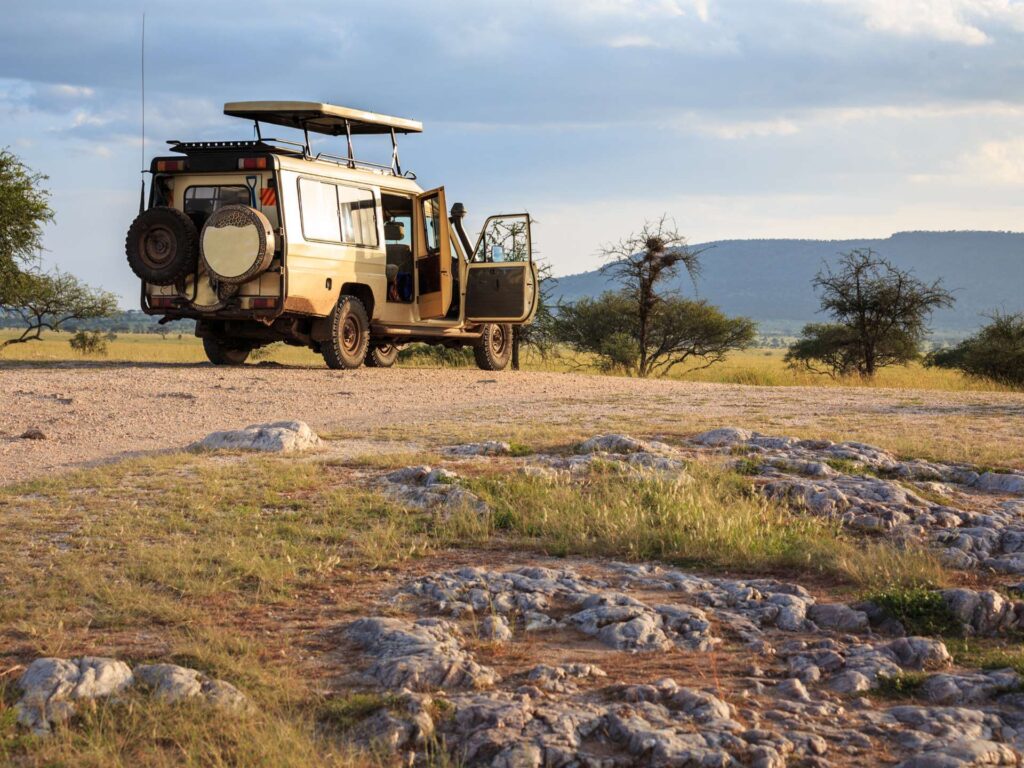- 1
- 1
- 5
- 1
- 1
- 3
- 1
- 3
- 20
- 3
- 10
- 14
- 15
- 11
- 14
Serengeti National Park
In this short but very exciting Serengeti safari program, you will visit Serengeti National Park, the no. 1-ranked national park in the world. It is...
Duration
3 Days
$1,227
Next Departures
December 4, 2025 (Available)December 5, 2025 (Available)December 6, 2025 (Available)
The most in-demand Living with the Lions Game safari package in the Northern circuit. During this you will visit Serengeti national park, the no.1 ranked...
Duration
5 Days
$1,942
Next Departures
December 4, 2025 (Available)December 5, 2025 (Available)December 6, 2025 (Available)
Featured
In this most in-demand safari you will visit The Great Serenegeti NP renowned for famous & massive annual migration of wildebeests and Zebras. Lake Manyara...
Duration
5 Days
$1,810
Next Departures
December 4, 2025 (Available)December 5, 2025 (Available)December 6, 2025 (Available)
In this short but very exciting and unforgettable safari program you will visit Serengeti national park, the no. 1 ranked national park in the world....
Duration
3 Days
$1,389
Next Departures
December 4, 2025 (Available)December 5, 2025 (Available)December 6, 2025 (Available)
